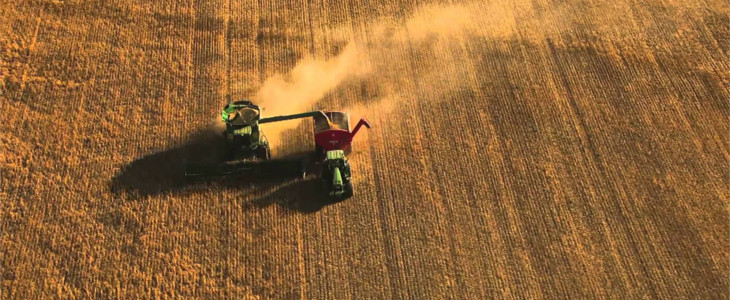Tax Planning Strategy 176 | 5 Year Catch-Up Super Contributions
Tax planning strategy 176
From 1st July 2018 fund members with a fund balance of less than $500,000 will be able to make additional catch-up super contributions. The catch-up super contributions can be either personal or salary sacrifice and can only be made from unused super contribution caps accruing from 1st July 2018.
As the deductible super contribution cap is changing to $25,000 per year, the maximum 5-year catch-up super contribution that could be made in a single year is $125,000. The catch-up super contributions are allowed over a rolling five-year period and amounts that have not been used after five years expire. For example, if a taxpayer has a fund balance of less than $500,000, and made no super contributions in 2019, 2020, 2021, and 2022, then they could make up to $125,000 super contributions in 2023 (year 5).
The catch-up super contributions are most attractive to the following taxpayers:
- Women who have been on maternity leave so have not been utilizing their deductible superannuation contribution caps.
- Business owners and farmers where their taxable incomes vary greatly from year to year.
- Taxpayers inheriting funds that can be contributed to super while saving themselves tax.
- Taxpayers who have made a large capital gain on property or shares.
From 1st July 2017 the ‘10% test’ is removed so all individuals (including employees) will be able to make deductible super contributions and access the 5 year catch-up super concessions.
"You’d be stupid not to try to cut your tax bill and those that don’t are stupid in business"
- Bono: U2





